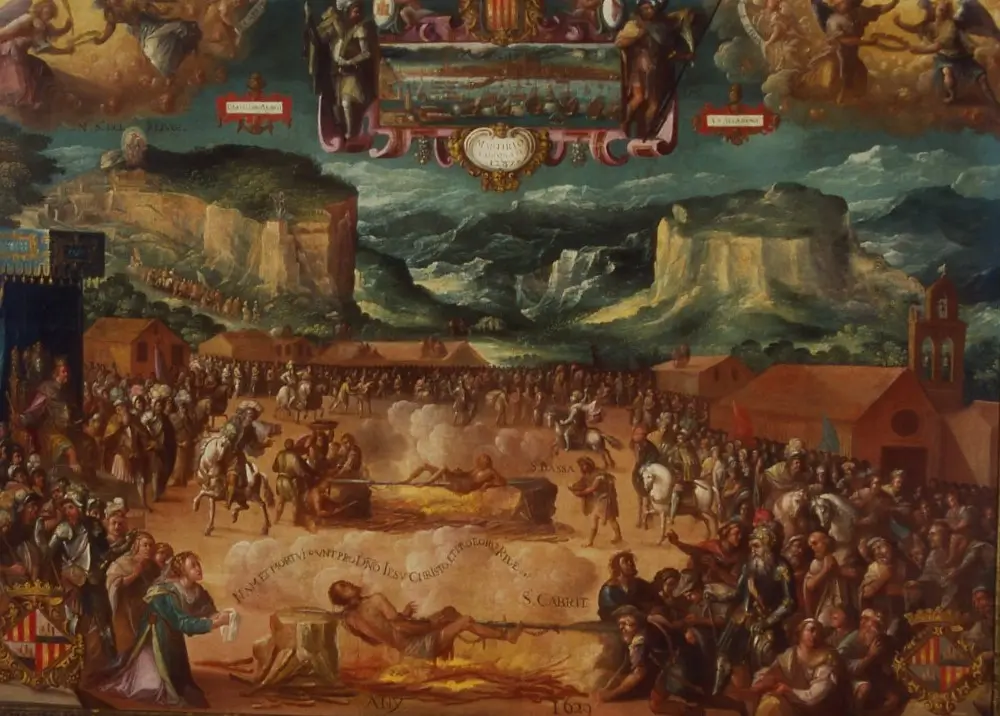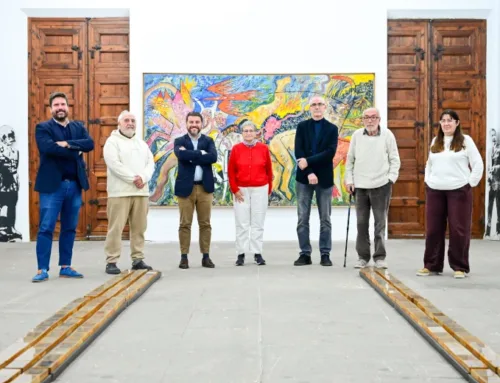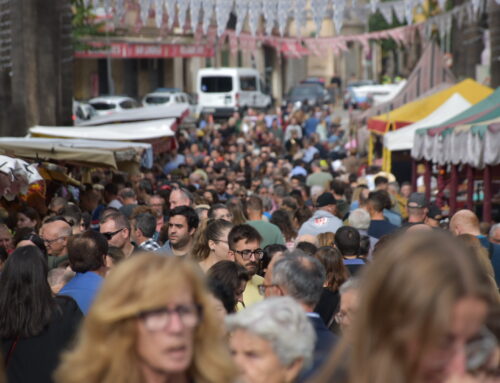By Bartomeu Bestard Cladera, chronicler of the city of Palma 
Among the historical-artistic assets of Palma Town Hall, its pictorial collection stands out, especially the Gallery of Illustrious Sons of Mallorca, which is located in the municipal plenary hall, the lobby and the hallway of the kings of Mallorca. The Gallery is made up of a collection of more than 180 portraits representing the most outstanding figures in the history of the island, from ancient times to the present day.
The first portraits with which this Gallery of Illustrious Sons began were commissioned in the early 17th century by the University of the City and Kingdom of Mallorca. The purpose of the University, whose origins date back to 1249, was to govern the city and, by extension, the rest of the island. Its members were the jurors. This institution survived until 1718, when it was transformed into the Palma Town Hall.
Galleries made up of portraits or effigies of illustrious figures have existed throughout the ages. In the Ancient Ages there were already galleries of busts representing the most significant figures of those societies. In the Middle Ages there were also galleries, usually restricted to royal houses or popes.
The changes in mentality, as well as the process of desacralisation of society from the 16th century onwards, brought about a change in artistic perfection and, at the same time, in the way buildings, both institutional and private, were decorated. The juries of the University of the City and Kingdom of Mallorca acted along these lines. In 1623, they commissioned Antoni Reus to paint a series of portraits of the monarchs of the Mallorcan royal dynasty and some of its members.

Martirio de Cabrit i Bassa , encargado a Miquel Bestard. Foto: J.R. Bonet.
A few years later, in 1629, the jurors of the University commissioned two large paintings from the painter Miquel Bestard, an outstanding artist of the time. One of the paintings he was commissioned to paint was the scene of the martyrdom of Guillem Cabrit and Guillem Bassa; the other commission was the scene of Ramon Llull’s burial. These two scenes are depicted in detail, where the viewer can observe all the details. From 1631 onwards, the University of the City and Kingdom of Mallorca continued to commission more portraits, now of prominent religious figures such as Brother Rafel Serra (1631), the work of Gaspar Oms; or Sister Leonor Ortiz (1651), the work of Joan Baptista Llodrà; or Isabel Cifre de Colonya, also by Joan B. Llodrà, among others.Therefore, during the rest of the 17th century and throughout the 18th century, the collection of the Gallery of Illustrious Sons continued to increase with outstanding Mallorcans from the ecclesiastical, military, political, cultural and scientific spheres. When the University of the City and Kingdom of Mallorca disappeared as an institution in 1718, this did not affect the conservation of the Gallery; on the contrary, new portraits continued to be commissioned, thus increasing the pictorial collection. The Palma Town Hall continued to proclaim illustrious sons and daughters of Mallorca, and not only of Palma, as, in fact, the municipal institution continued to act as an ancient University covering the entire island. It did so throughout the 18th century and part of the 19th century until the Provincial Council appeared.
The Gallery of Illustrious Sons of Mallorca received an important boost during the reign of Isabel II, when the aldermen – the former juries – increased the budget for commissioning portraits.
A few years later, in 1897, Benito Pons proposed that the illustrious sons and daughters should be proclaimed on 31st December, as part of the celebrations of the Fiesta de la Conquista (today the Fiesta del Estandarte). In this way a double objective was achieved: to make the Fiesta more dynamic; and to solemnise the inclusion of the new portrait of the proclaimed illustrious son or daughter in the Gallery. At least since the time of the chronicler Juan Muntaner (1949-1969), it was customary to place the portraits of the new illustrious sons and daughters in the northeast corner of the assembly hall, that is, entering from the left. This practice was interrupted in 2008, when all the portraits had to be taken down when the session hall was painted. After the room was painted, when the time came to hang the paintings again, at the proposal of the butler Miguel Caldentey, the portraits were hung and grouped according to their size – since not all the portraits have the same dimensions -, thus considering the most appropriate criterion to follow: aesthetics.

Entierro de Ramón Llull, de Miquel Bestard. Foto: J.R. Bonet.







Leave A Comment